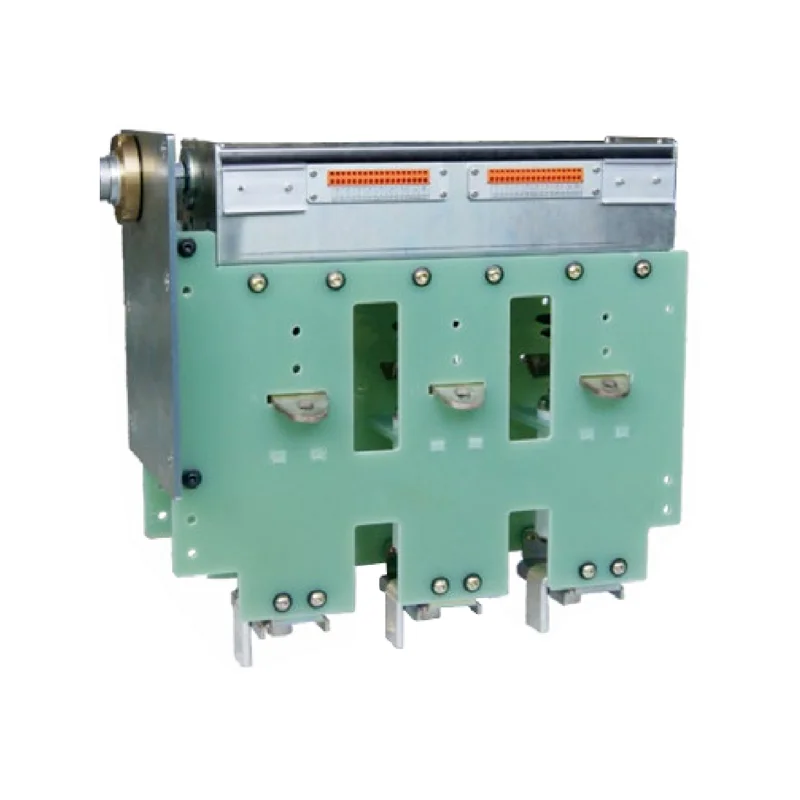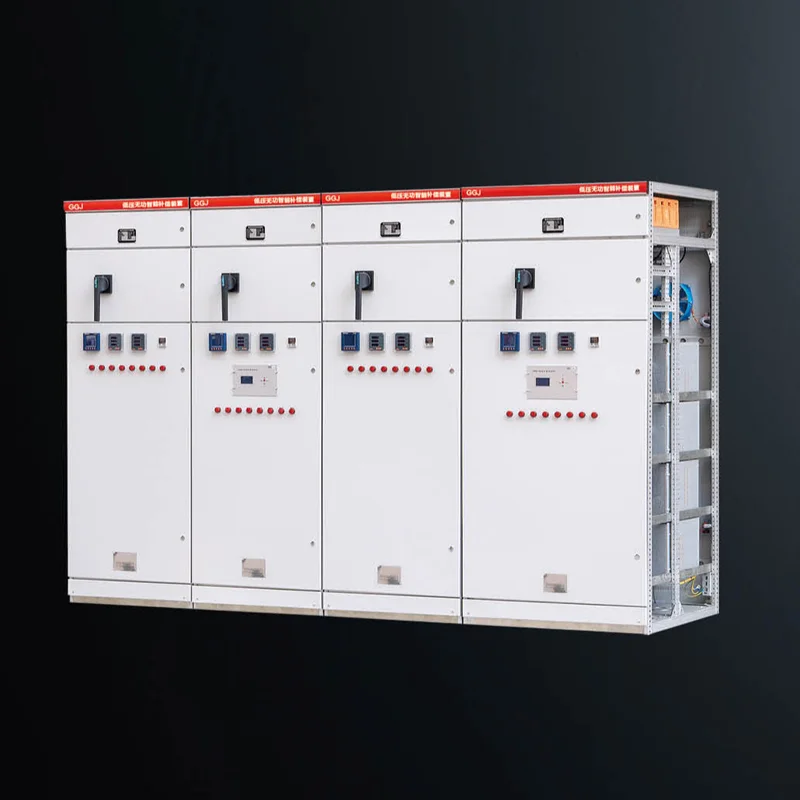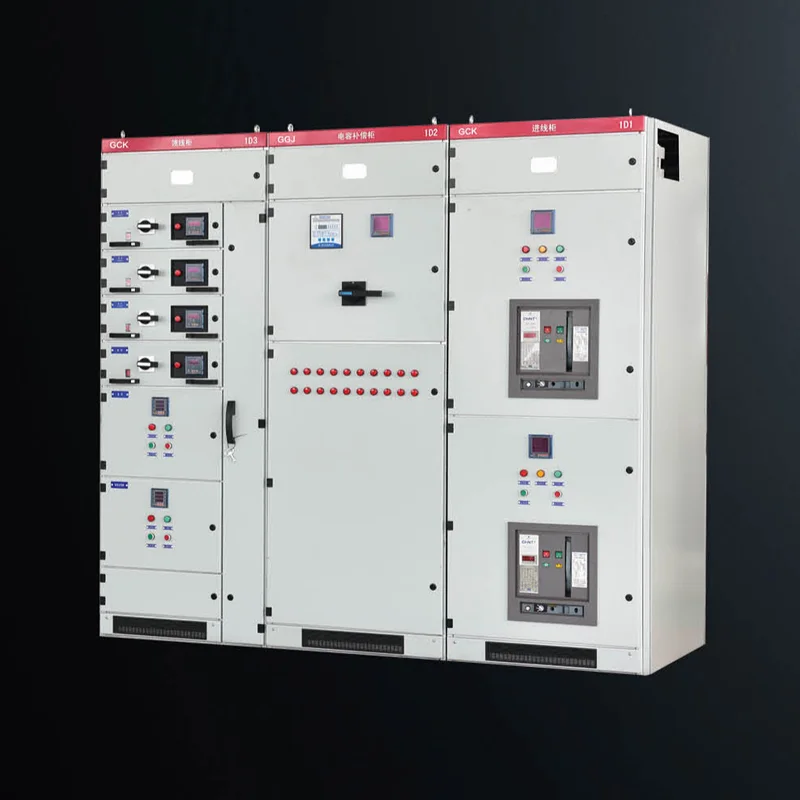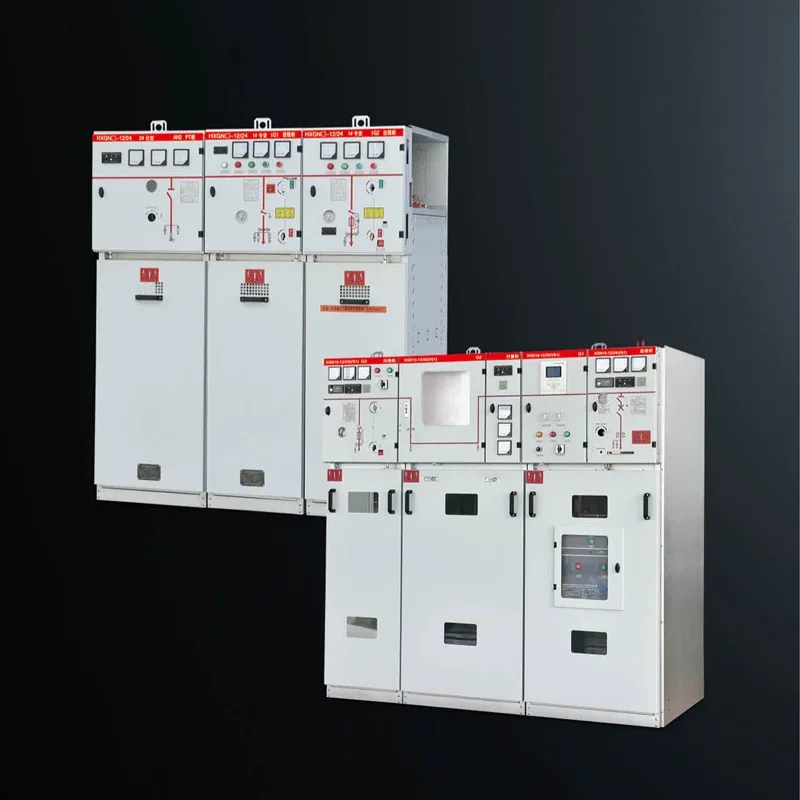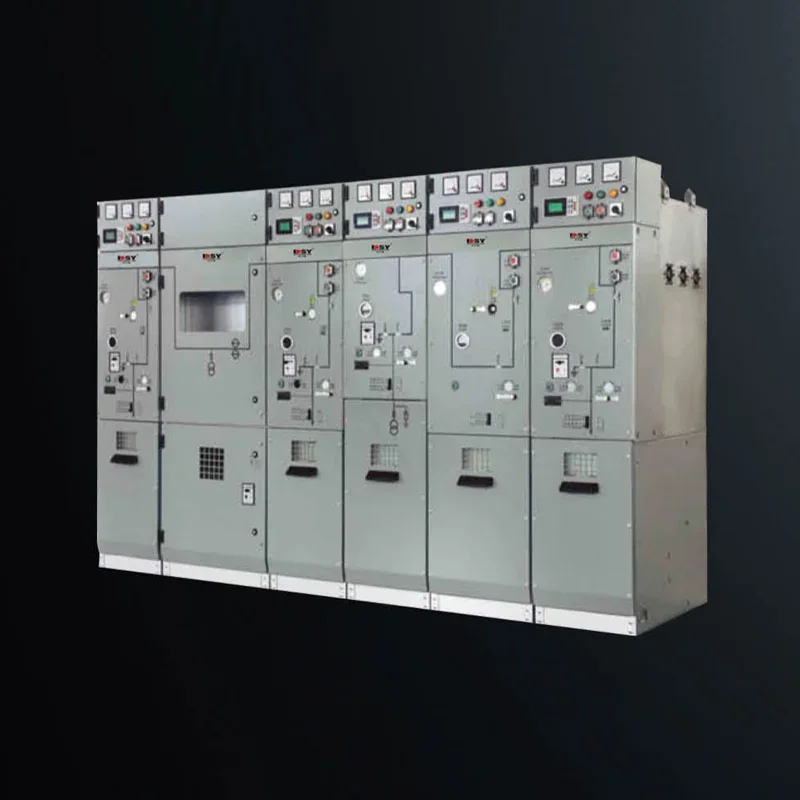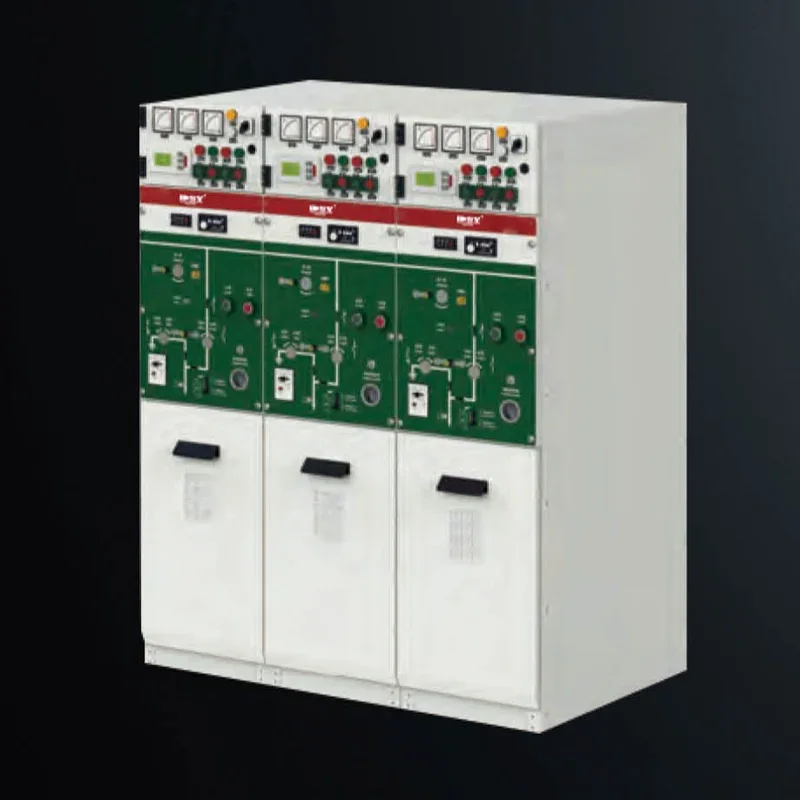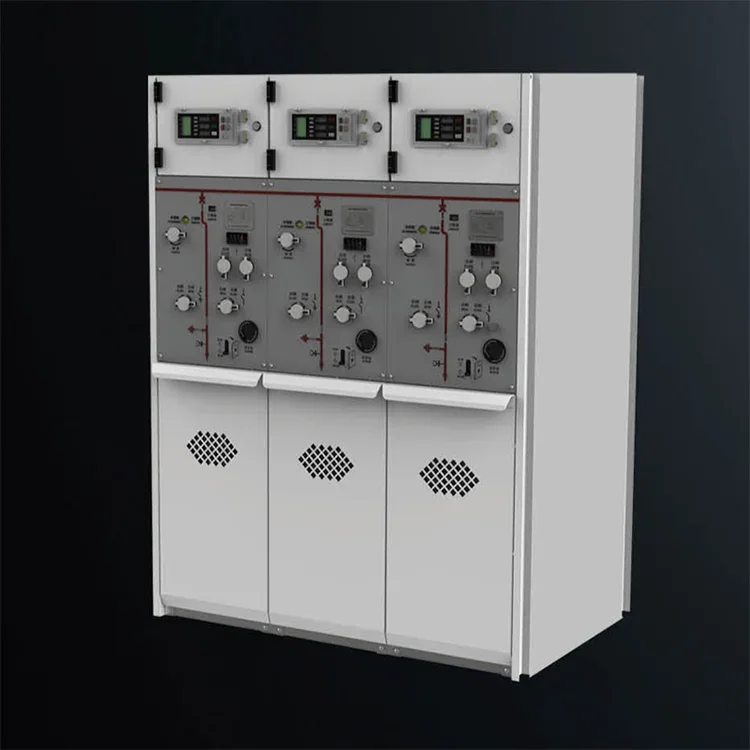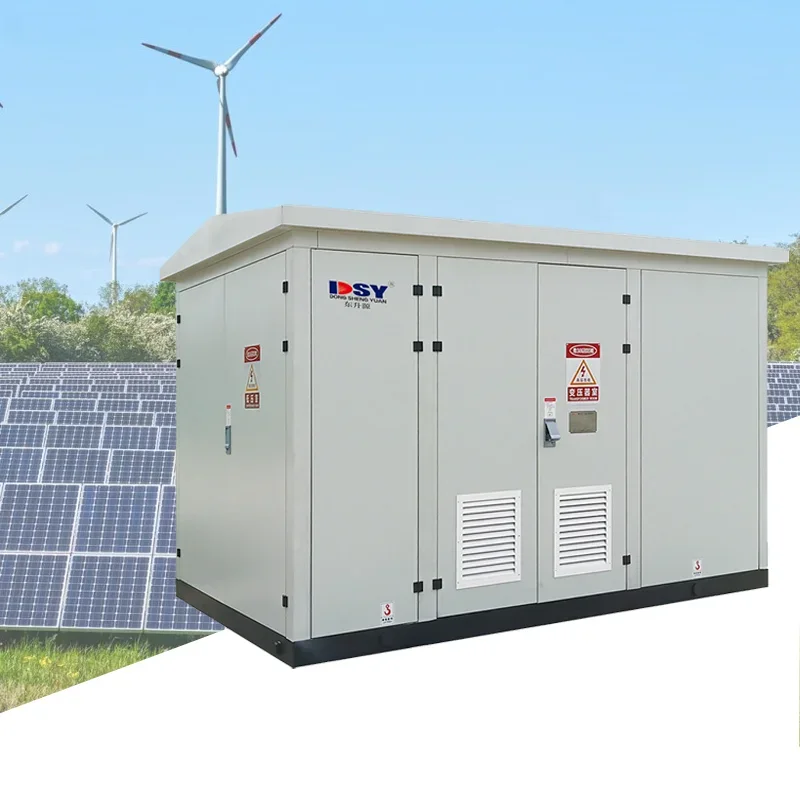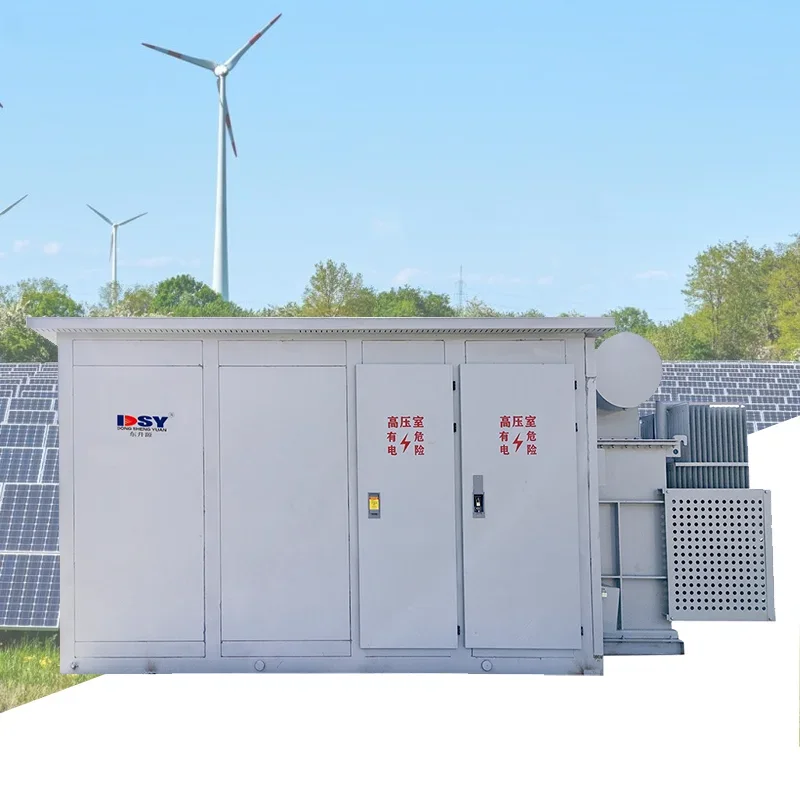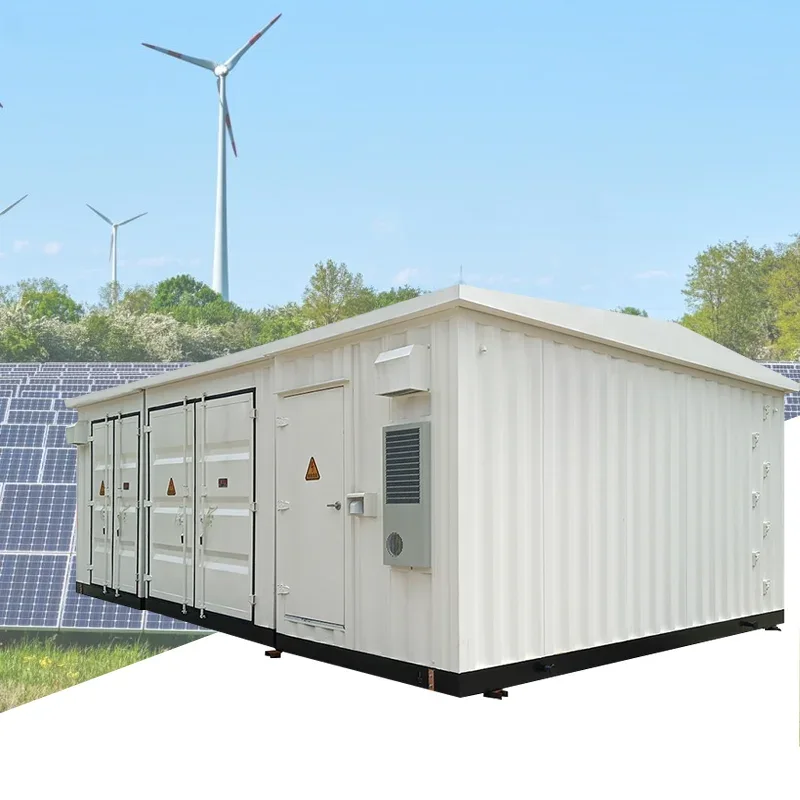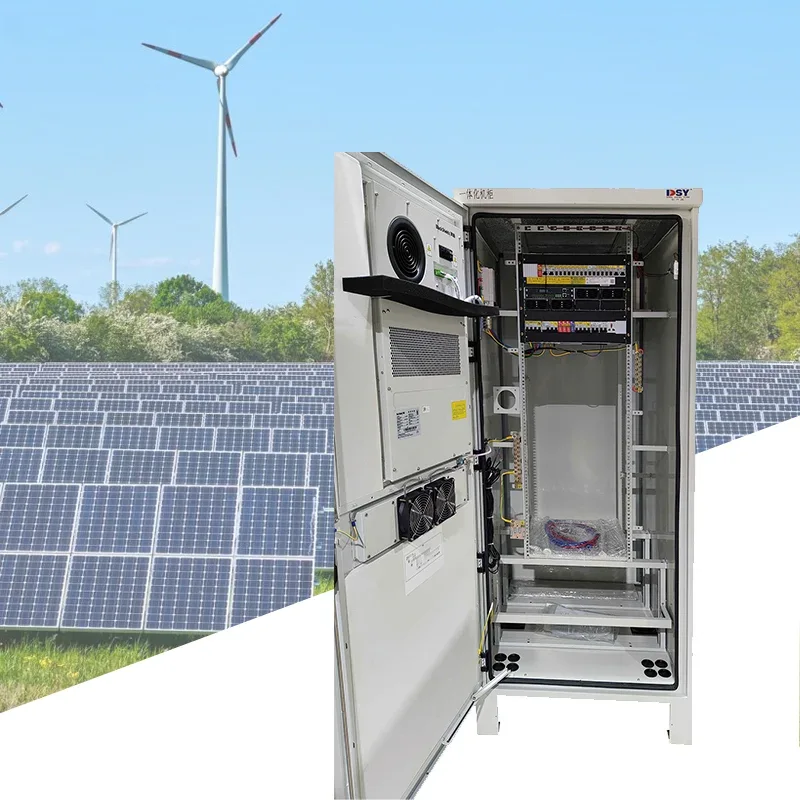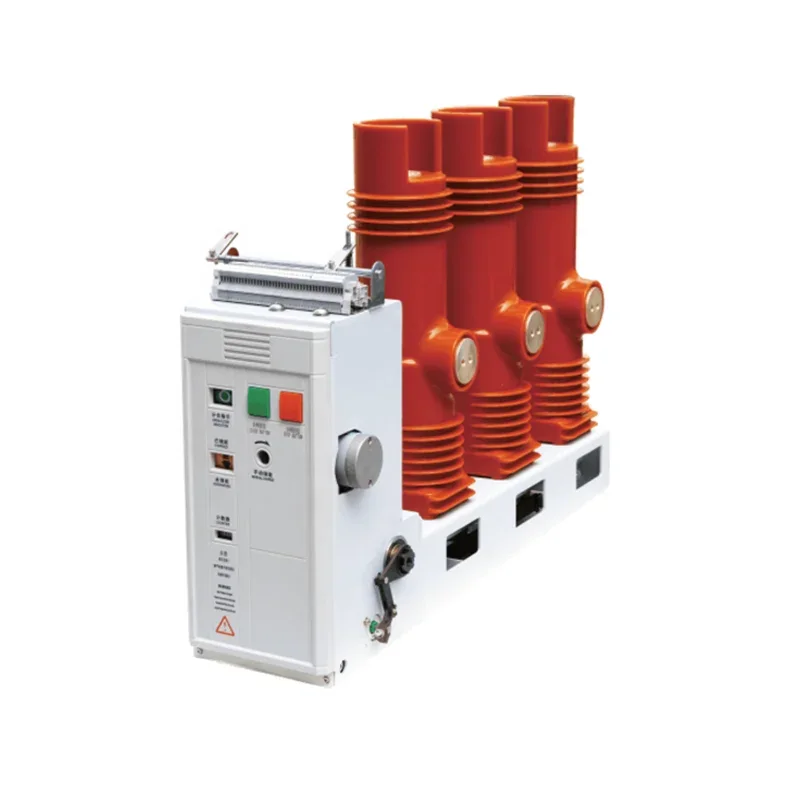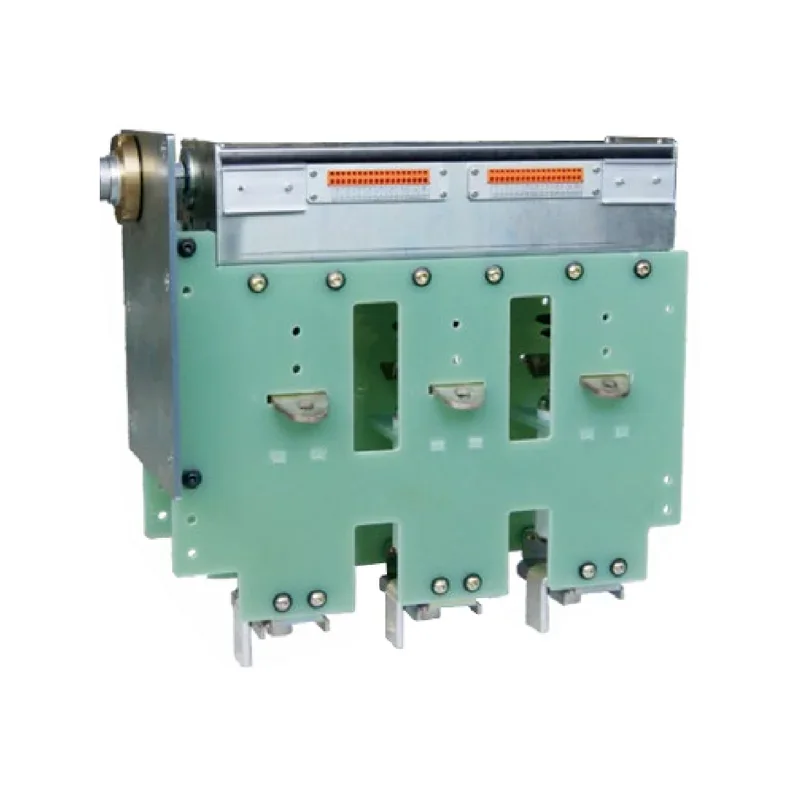Switch Panel Basics: Everything You Need to Know for High Voltage Systems
Switch Panel Basics: Everything You Need to Know for High Voltage Systems High voltage systems are critical components in various industries, from power generation to manufacturing and beyond. At the heart of these systems lies the switch panel, a device that plays an essential role in managing electric power distribution. In this article, we will explore the fundamental aspects of switch panels,
Jun 24,2025
Switch Panel Basics: Everything You Need to Know for High Voltage Systems
High voltage systems are critical components in various industries, from power generation to manufacturing and beyond. At the heart of these systems lies the switch panel, a device that plays an essential role in managing electric power distribution. In this article, we will explore the fundamental aspects of switch panels, including their design, components, safety features, installation processes, and maintenance. As we delve deeper, you will gain a comprehensive understanding of high voltage switch panels, enabling you to make informed decisions regarding their use and management.
Table of Contents
1. What is a Switch Panel?
2. Components of High Voltage Switch Panels
3. Types of Switch Panels for High Voltage Systems
4. How Switch Panels Operate in High Voltage Systems
5. Safety Measures in High Voltage Switch Panels
6. Installation Process of High Voltage Switch Panels
7. Maintenance of High Voltage Switch Panels
8. Common Issues and Troubleshooting Tips
9. Frequently Asked Questions
10. Conclusion
What is a Switch Panel?
A switch panel, often referred to as a switchgear panel, is a centralized unit that houses various electrical components designed to control, protect, and isolate electrical equipment. In high voltage systems, these panels are engineered to operate safely and efficiently, managing the distribution of electrical power while preventing faults and ensuring the reliability of the entire system. Switch panels are typically installed in substations, industrial facilities, and power plants, where they facilitate safe electrical connections and disconnections.
The Role of a Switch Panel in Power Distribution
Switch panels serve multiple purposes within high voltage systems. They provide a secure means of controlling the flow of electricity, allow for maintenance work to be conducted safely, and protect equipment from faults or overloads. In essence, they act as the brain of the electrical distribution network, ensuring that energy is supplied where and when it is needed.
Components of High Voltage Switch Panels
Understanding the various components of high voltage switch panels is crucial in appreciating their operation. Several key components contribute to the functionality of these panels:
1. Circuit Breakers
Circuit breakers are vital safety devices that automatically interrupt electrical flow in the event of a fault. They prevent damage to equipment and reduce the risk of electrical fires by disconnecting the circuit when excessive current is detected.
2. Busbars
Busbars are conductive metal strips that distribute electricity to different circuits within the switch panel. They contribute to minimizing energy loss and enhancing efficiency by providing a low-resistance path for electrical current.
3. Switches
Switches allow operators to manually control the flow of electricity within the panel. They can be in the form of manual disconnect switches or automatic switches that respond to system requirements.
4. Relays
Relays are electromechanical devices that help control the switching of power circuits. They monitor electrical parameters and activate or deactivate components based on specific conditions, enhancing the automation of the switch panel.
5. Instrumentation and Meters
Instrumentation includes various measuring devices, such as voltmeters and ammeters, that enable operators to monitor electrical parameters like voltage, current, and frequency. Keeping an eye on these measurements is crucial for maintaining system integrity.
Types of Switch Panels for High Voltage Systems
Different applications and environments necessitate specific types of switch panels. Here are common types used in high voltage systems:
1. Metal-Enclosed Switchgear
These panels provide a robust casing that can withstand harsh environmental conditions. Metal-enclosed switchgear is commonly used in substations where protection from the elements is essential.
2. Air-Insulated Switchgear (AIS)
AIS panels utilize air as the insulating medium, making them cost-effective and suitable for a wide range of applications. They are typically used in outdoor substations and other environments where space is available.
3. Gas-Insulated Switchgear (GIS)
GIS panels employ sulfur hexafluoride gas for insulation, making them compact and efficient. They are suitable for urban environments where space is limited and have excellent reliability and safety characteristics.
4. Hybrid Switchgear
Hybrid switchgear combines elements of both air-insulated and gas-insulated technologies. This type achieves a balance between space-saving features and cost-effectiveness, making it increasingly popular in modern installations.
How Switch Panels Operate in High Voltage Systems
The operation of switch panels in high voltage systems involves several processes that ensure efficient power distribution and safety.
1. Power Distribution
When electricity is transmitted, switch panels play a critical role in distributing the power to various loads. Circuit breakers and switches within the panel allow for seamless connection and disconnection of circuits as needed.
2. Monitoring and Control
Instrumentation and meters within switch panels enable real-time monitoring of electrical parameters. Operators can assess the health of the system and make informed decisions about maintenance and adjustments, ensuring optimal performance.
3. Protection Against Faults
In the event of an electrical fault, such as a short circuit, circuit breakers in the switch panel automatically trip, disconnecting the affected circuit from the power source. This rapid response protects both equipment and personnel.
Safety Measures in High Voltage Switch Panels
Safety is paramount in high voltage systems, and switch panels are equipped with various measures designed to protect against hazards.
1. Grounding Systems
A well-designed grounding system is essential for protecting personnel and equipment from electrical shocks. Proper grounding minimizes the risk of electrical faults and ensures the safe operation of the switch panel.
2. Protective Relays
Protective relays monitor electrical parameters and can activate safety mechanisms in response to abnormalities. They play a crucial role in preventing equipment damage and ensuring system reliability.
3. Arc Flash Protection
Arc flashes can pose significant risks in high voltage applications. Switch panels are often equipped with arc flash protection devices that mitigate these hazards, ensuring the safety of maintenance personnel.
4. Safety Interlocks
Safety interlocks prevent unauthorized access to energized components, allowing maintenance work to be conducted safely. These interlocks ensure that operators cannot interact with live circuits inadvertently.
Installation Process of High Voltage Switch Panels
Proper installation of switch panels is vital for ensuring safety and functionality. The following steps outline the typical installation process:
1. Site Preparation
Preparing the installation site involves checking for adequate space, environmental conditions, and grounding requirements. Proper planning is crucial for a successful installation.
2. Mounting the Panel
Securely mounting the switch panel is essential to prevent movement or damage. Panels must be anchored securely to withstand any potential mechanical stresses.
3. Electrical Connections
Connecting the switch panel to the electrical network involves careful handling of high voltage wires. Proper techniques must be followed to ensure safe and reliable connections.
4. Testing and Commissioning
After installation, the switch panel must undergo rigorous testing to verify its performance and safety. This includes checking for proper operation, ensuring that protective devices function as intended, and confirming that all connections are secure.
Maintenance of High Voltage Switch Panels
Regular maintenance is critical to prolonging the life of high voltage switch panels and ensuring their safe operation. Key maintenance practices include:
1. Visual Inspections
Frequent visual inspections help identify any signs of wear, damage, or corrosion. Operators should look for loose connections, damaged components, and signs of overheating.
2. Testing Protective Devices
Regular testing of circuit breakers and protective relays is essential for ensuring they function correctly in the event of a fault. This testing should be documented to keep a historical record of performance.
3. Cleaning and Dust Removal
Accumulated dust and debris can interfere with the operation of switch panels. Scheduled cleaning helps maintain optimal performance and reduces the risk of electrical hazards.
4. Thermal Imaging
Thermal imaging can identify hot spots in electrical connections that may indicate potential failures. Regular thermal scans should be part of a comprehensive maintenance program.
Common Issues and Troubleshooting Tips
Even with diligent maintenance, switch panels may encounter issues. Here are some common problems and troubleshooting tips:
1. Circuit Breaker Tripping
If a circuit breaker trips frequently, it may indicate an overload or a fault in the connected equipment. Operators should assess the load and inspect the system for faults.
2. Inconsistent Readings on Meters
If instrumentation shows erratic readings, it may be due to poor connections or faulty devices. Checking connections and recalibrating meters can resolve this issue.
3. Physical Damage
Any signs of physical damage to the switch panel, such as dents or corrosion, should be addressed immediately. Damaged components may need replacement to prevent further issues.
Frequently Asked Questions
1. What is the purpose of a high voltage switch panel?
The primary purpose of a high voltage switch panel is to control the distribution of electrical power, protect equipment from faults, and ensure safe operations within electrical systems.
2. How often should switch panels be maintained?
Regular maintenance should be conducted at least annually, though more frequent checks may be necessary depending on the environment and usage.
3. What safety measures are in place in high voltage switch panels?
High voltage switch panels include safety features such as grounding systems, protective relays, arc flash protection, and safety interlocks to minimize risks.
4. Can switch panels be installed outdoors?
Yes, outdoor switch panels are designed to withstand environmental elements and are typically equipped with protective casings to ensure their longevity.
5. What are the signs of a failing switch panel?
Signs of a failing switch panel may include frequent circuit breaker tripping, inconsistent meter readings, physical damage, or unusual smells emanating from the panel.
Conclusion
Understanding the intricacies of high voltage switch panels is essential for professionals working within electrical engineering and related industries. From their key components and operational mechanisms to their safety features and maintenance practices, switch panels are vital for the safe and efficient distribution of electrical power. By following best practices in installation and maintenance, operators can ensure the longevity and reliability of these critical systems, ultimately contributing to the overall safety and efficiency of high voltage applications. Whether you are a seasoned professional or just beginning your journey in the electrical field, this comprehensive guide equips you with the necessary knowledge to navigate the complexities of switch panels with confidence.
PREVIOUS:
Related News
The difference between circuit breakers and vacuum circuit breakers
Circuit breaker is an abbreviation for pole type circuit breaker. Circuit breakers are also vacuum circuit breakers
Voltage regulators are required for various places that require voltage control, such as controlling lighting

